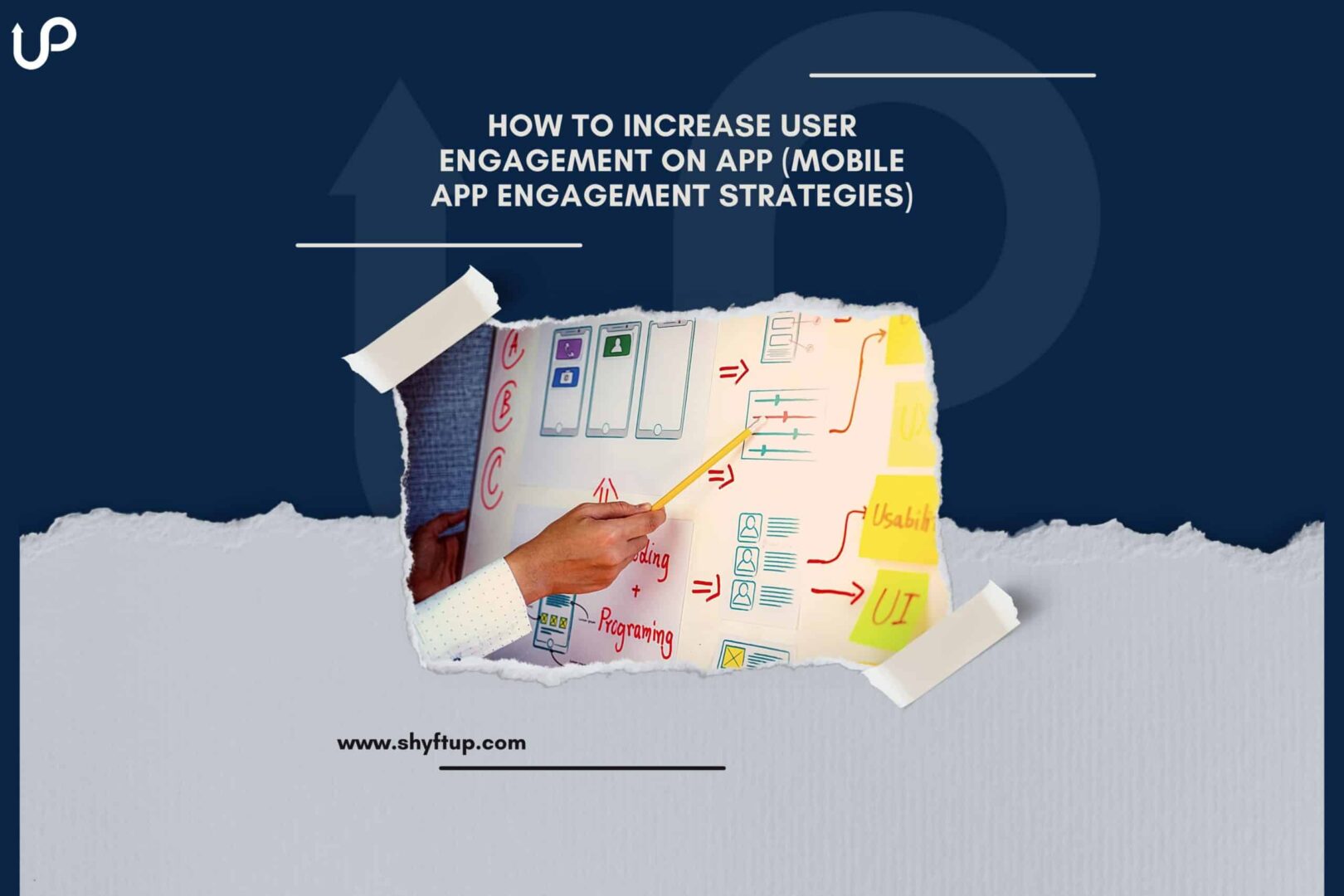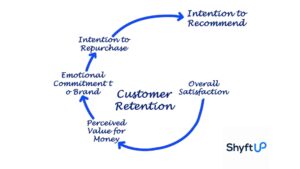
How To Increase User Engagement On App & Strategies
Mobile app engagement plays a critical role in inspiring mobile app user retention. Without active users, impressive download rates will fail to yield much monetary value. If users are not sticking around, pouring capital into user acquisition will only get you so far. After acquiring users, you must develop mobile app engagement strategies to fuel user activation and retention.
User acquisition is only the beginning. For your user base to grow, it cannot resemble a leaking bucket. Driving user engagement is essential to keeping churn under control and building a solid foundation for your app. While your user acquisition numbers may look impressive from a high level, poor retention can throw the sustainability of your user acquisition strategies into question.
Why does mobile app engagement matter?
Highly engaged users are the lifeblood of your mobile application. These users are more likely to make in-app purchases and stick around for the long run. At the same time, engaged users can often become advocates for your app. With an army of brand advocates, you can expect to see a steady flow of organic referrals and strong word-of-mouth – which can turbocharge growth.
What is a good app user retention rate?
To know whether a mobile app retention rate is good or bad, you should define retention as it relates to the health of your business. Naturally, the potential consequences of high retention vary depending on your mobile app business model. When it comes to defining a good app user retention rate, you should compare your app to other apps with similar go-to-market strategies.
While exact benchmarks will vary by industry, mobile apps on average have a 30-day retention rate of 42% and a 90-day retention rate of 25%. However, your mobile app business model may require a higher retention rate in either period for financial stability. As a general rule of thumb, you should try to aim for a retention rate of 25% or higher. It all comes down to your model.
How To Increase User Engagement On App (5 Strategies)
Develop effective onboarding processes
To increase user engagement with your application, you must develop effective onboarding processes. Fundamentally, these should inspire user activation. The best onboarding processes will give users the resources and information they need to unlock value. When users are able to swiftly unlock value from your app, this will support user activation and lead to retention.
A strong onboarding process is an opportunity for you to reaffirm the value of your application. Even though the mobile app’s value proposition is likely at the forefront of your marketing on the app store, an effective onboarding process will show new users how they can practically use your solution to solve a specific problem or meet a need. In other words, show, don’t tell.
Utilize in-app messages
When used correctly, in-app messages can keep users moving in the right direction. You can use in-app messages to elevate user experiences and ensure users are unlocking the full potential of your application. From offering tips on how to use the app to provide important information on usage and billing, in-app notifications can serve a range of different purposes.
You can use in-app messages to provide real-time updates or links to personalized content for users. It is best to think of in-app messages as a tool for inspiring user engagement. Using these sparingly and with clear intent will help to reinforce their significance. Personalizing the content will ensure each in-app message is relevant to the specific needs of each user.
Leverage push notifications
When users are inactive for a period of time, consider leveraging push notifications to re-engage the users. A simple push notification – providing users with useful and insightful information – can encourage them to give the mobile app another try. If you can get these push notifications right, they can trigger lightbulb moments for inactive users and encourage them to take action.
Promote two-way communication
When users feel valued and appreciated, they are more likely to continue exploring all your app has to offer. You should aim to open up communication channels for users to engage in dialogue with your developers. You can start by promoting the importance of user feedback. If you can demonstrate that your team is receptive to user feedback, this will reassure users.
To increase user engagement, you must have a core understanding of your target market. User feedback can help you to better align your product’s value proposition with user requirements. By promoting two-way communication, you can take a user-led approach to app development and ensure user needs and requirements are always at the forefront of your mind.
Create incentive programs
You can create reward schemes to incentivize user engagement. From opening up the app each day on their mobile devices to completing specific actions on the user interface, you can create incentives to reward positive user behavior. You should seek to identify positive user behaviors that consistently drive retention – and build reward-based incentives around these.
How To Develop A Mobile App Engagement Strategy
To develop a mobile app engagement strategy, you must start by defining success. Set a clear user retention rate target and build user engagement strategies around this target. When you know what you are aiming to achieve, it becomes easier to develop a robust strategy. All user engagement strategies should focus on driving user activation, retention, and advocacy.
To get the ball rolling on your mobile app engagement strategy, you must have a consistent flow of new users. This is where user acquisition comes in. You can leverage the support of a user acquisition agency like ShyftUp to exponentially grow your user base without breaking the bank. ShyftUp is well-equipped to scale up your acquisition efforts and expand your user base.
Learn more about our ROI-driven approach to user acquisition for mobile applications with ShyftUp.
ShyftUp – a leading global User Acquisition Agency. They’ll help you decide on your mobile app data analytics from A to Z. As a forerunner in the industry, Shyftup focuses on two primary services:
- App Store Optimization (ASO) – unleashing the power of organic user growth by creating boosted visibility on the app stores.
- Paid User Acquisition – to help you grow your user base by converting your paid marketing budget into real users, thus revenue. ShyftUp specializes in Apple Search Ads and Google UAC channels.
How can you increase user engagement on an App?
Develop effective onboarding processes, Utilize in-app messages, Leverage push notifications, Promote two-way communication, Create incentive programs.
Why does mobile app engagement matter?
Highly engaged users are the lifeblood of your mobile application. These users are more likely to make in-app purchases and stick around for the long run. At the same time, engaged users can often become advocates for your app.

